Cost Efficiency


Leaky roofs were too costly to repair; after tarps no longer keep the rain out animals were moved into other areas of the facility and some kennels were no longer used at all.
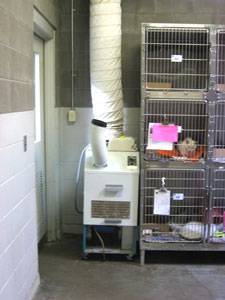
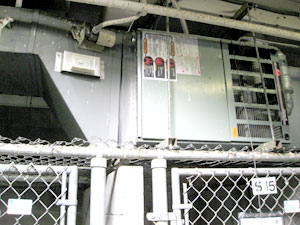
Outdated ventilation and air conditioning systems require costly repairs and aren't as environmentally friendly as the new
LEED certified system which underwent a "commissioning process" to ensure that all HVAC systems maximize their potential.

Space at the old shelter for horses provided just enough room for a horse to walk around and lie down. Overcrowding occurred when there are cases of animal neglect with multiple horses being confiscated and brought to the shelter.

Cleaning the current cat cages was extremely time consuming and stressful on the cats. Their design also made disease prevention difficult. The new shelter has cages with glass to facilitate prevention from common cat respiratory diseases.
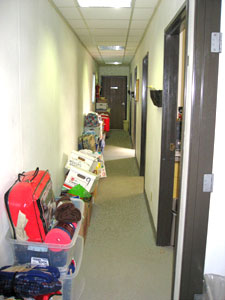
Cramped facilities with minimal storage, such as the volunteer trailer (shown above), made it very hard to be efficient and recruit new volunteers. There was no meeting or training space. Adequate space helps with the overall efficiency of the shelter and its operations and improves adoption rates in our region.
The lack of storage created unsightly clutter in the barn area which can be distracting for potential adopters when they visited livestock including pigs, horses, chickens and rabbits.

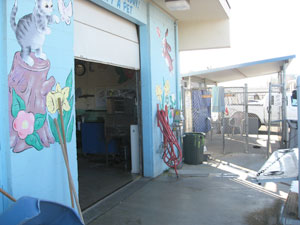
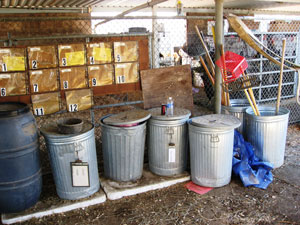
The clutter also required more staff time to keep clean and safe for shelter visitors.
